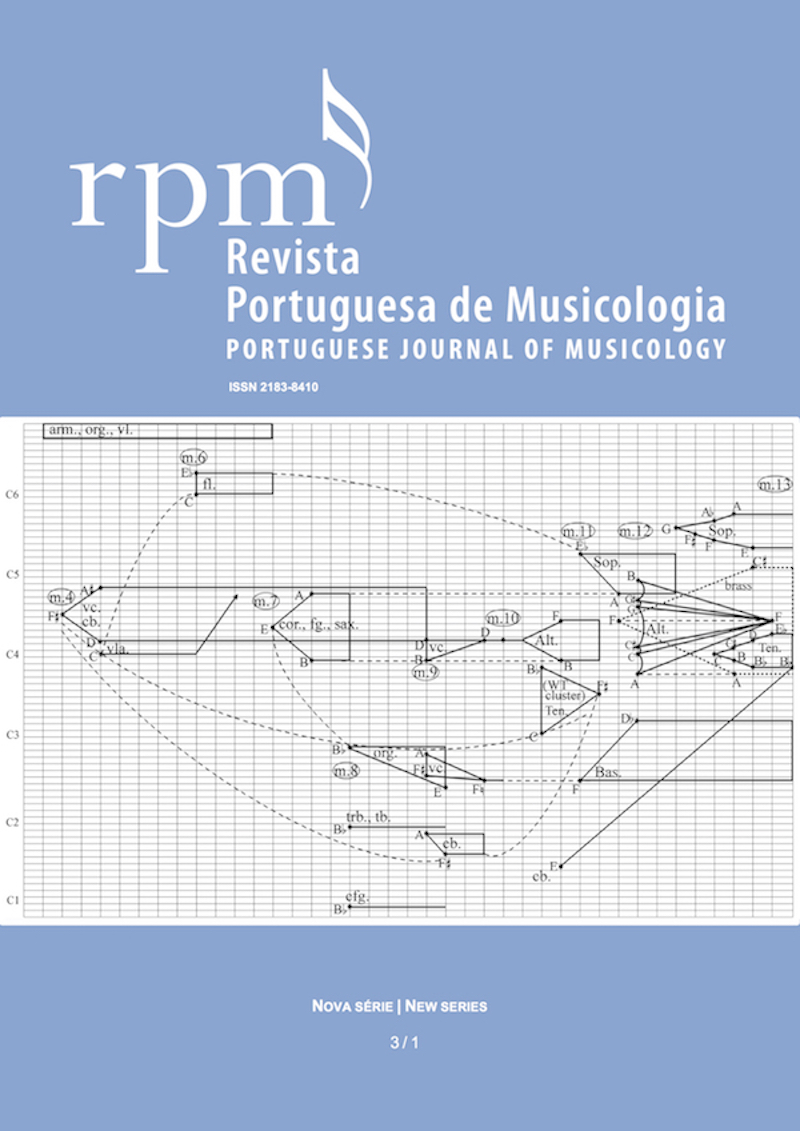The Labyrinth of the Soul: Wagner's Musical Lament
Abstract
In spite of the witty saying that more books have been written about Richard Wagner than anyone else except Jesus Christ and Napoleon Bonaparte, I will venture to sail into the high seas. This essay is the first installment of a trilogy devoted to Wagner’s Tristan—a musical lament, indeed the cornerstone of modern(ist) art. Taking my cue from Eduardo Lourenço’s self-questioning remark on such powerful music, ‘By what mysterious means?’, I shall examine it anew, trying different tacks. The complete text—literary, theoretical and analytical—weaves through music and language. ‘Music in language’ is a preliminary attempt to explore sensual, artistic sound qualities in the word. ‘The language of music’, then, puts forward a grammar for tonal music as it may be sensed in a wider panorama of the evolving Western consciousness. ‘Music as language’, eventually, offers a novel approach to Wagner’s musico-poetic process: I thus seek to unravel that distinctive longing (Sehnen) of the so-called ‘Tristan chord’, resonating throughout the drama, and how it turns into Isolde’s blissful transfiguration. Only the first, literary part will be presented here. Significant figures of literary culture are summoned up with regard to that otherwise Portuguese soul experience of nostalgic longing—hence untranslatable—they call saudade. A broad, comparative survey of the shifting balance over time between music and language is then offered, which begs the fundamental question of artistic truth: either creative or reflective, it is a sort of harmony or consonance with reality, entailing different perspectives and multifarious voices.






